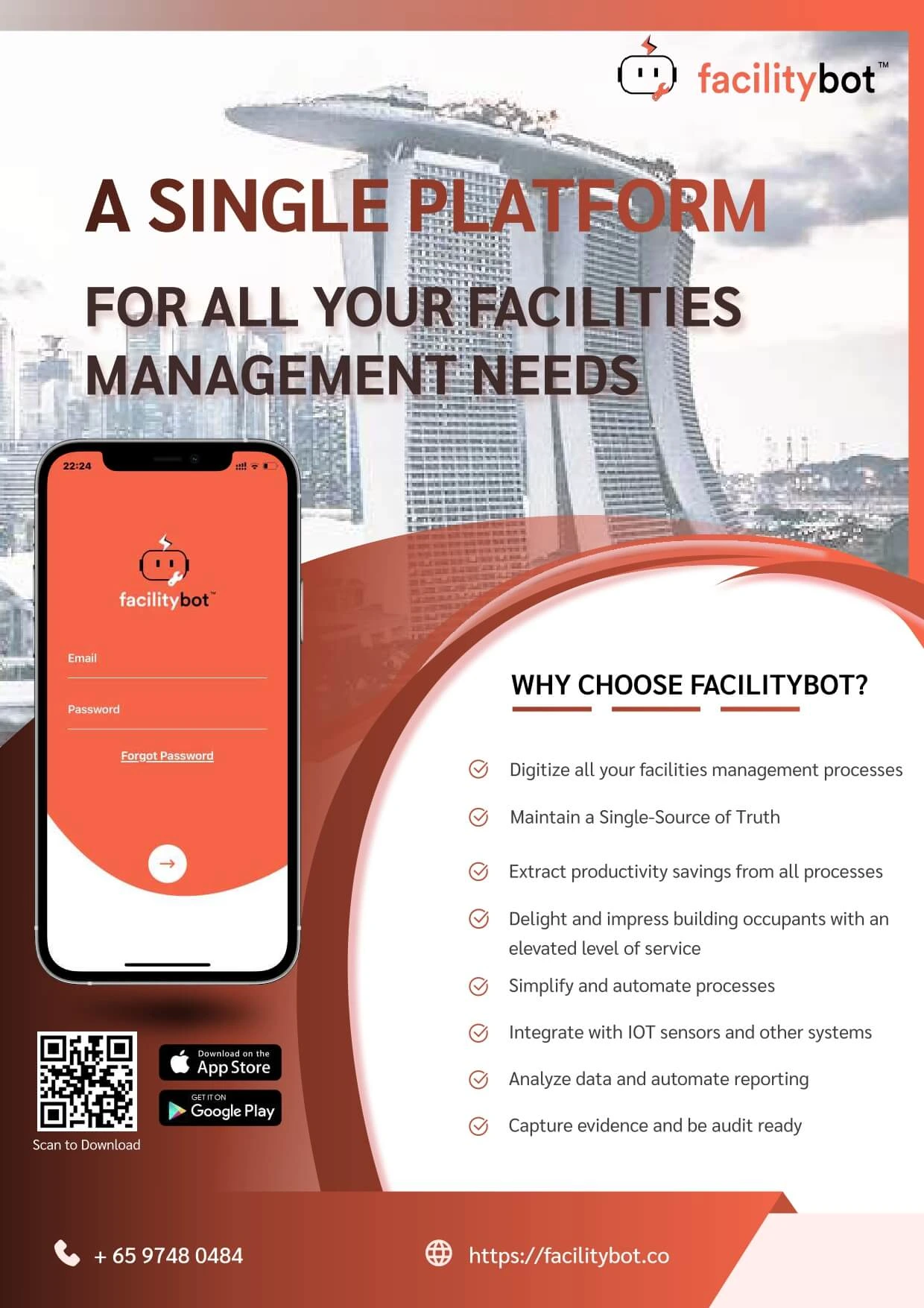The trend towards deploying cloud-based systems has pervaded all verticals in the past decade. In the facilities management industry, all modern CMMS software is cloud-based. Given the advantages of cloud-based systems such as cost, scalability, ease of deployment and being mobile; there is now little reason to opt for on-premise CMMS deployments. As Covid-19 has imposed restrictions on in-person meetings and on-site activity, there is even more reason to opt for cloud-based systems.
Mobile
CMMS software should be mobile. By now, this should be self-evident. As our mobile phones become a vital part of our daily work routines, it is reasonable to expect that all CMMS software should come with a mobile app. Mobile apps are typically only supported by cloud-based servers.
Messaging-First
Beyond being mobile, at FacilityBot, we believe that CMMS software should be messaging -first. Messaging has become the dominant form of communication for activities such as fault reporting, quick customer service enquiries and making requests. To be messaging-first, we needed to integrate with common messaging platforms, such as WhatsApp, Facebook Messenger, Telegram, Facebook Workplace, Line and Google Chat. Again, in order to be messaging-first, only cloud-based servers would work.
SaaS deployments
The SaaS model fits well with cloud-based deployments. Clients can simply sign-up, subscribe and use the software immediately anywhere in the world, without the need for any on-site installation or special access provided for on-premise servers.
Since cloud-based systems allow SaaS subscription models, and SaaS subscription models allow lower unit costs, easier deployment and convenient scalability, cloud-based systems are almost always also much cheaper than on-premise deployments.
Integration with IOT sensors
By definition, IOT sensors are cloud-based. This means that to benefit from integration with such sensors, the CMMS system itself needs to be cloud-based. A typical integration of IOT sensors with CMMS systems is to auto generate fault reports. For example, people counters can be deployed to trigger a cleaning request only after a specified number of people have used the room or toilet. Such utilization-based facilities management approaches can potentially then result in resource optimization savings.
Future Proofing
The ability to integrate with other systems is closely related to preparing for future use cases when they are required. Typically, systems face constraints when they have to be deployed standalone, and cannot benefit from data exchange with other systems. Such constraints to be standalone should not be under-estimated. Simple integrations can potentially save a lot of manual activity.
Increased CyberSecurity
One common myth is that cloud-based systems are less secure than on-premise systems. Theoretically, there is no reason why this should be the case. In fact, given the stringent physical security arrangements at cloud-based data centres, it can be argued that cloud-based systems deployed at such data centres are intrinsically more secure than on-premise systems.
The correct approach is not to dismiss all cloud software as unsecure, but to check if appropriate cloud security measures have been deployed, including physical, infrastructure, data, application, access control and endpoint security.
Move to the Cloud With FacilityBot
FacilityBot is a cloud-based CMMS system that was re-imagined from the ground-up from the perspective of the building occupant to provide a seamless, feature-rich, messaging-first experience. Deployed as a SaaS, FacilityBot offers a wide variety of features with a single subscription.
Find out more at facilitybot.co





2 thoughts on “Moving Your Maintenance Operations into the Cloud”
Hi my friend! I wish to say that this article is awesome, nice written and include approximately all significant infos. I抎 like to see more posts like this.
fantastic points altogether, you just gained a new reader. What would you recommend in regards to your post that you made a few days ago? Any positive?